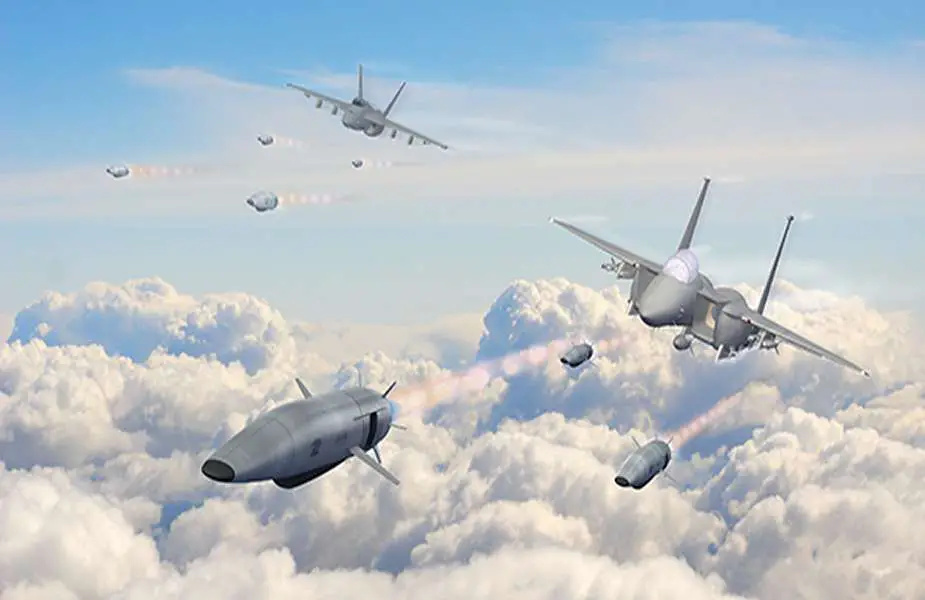Raytheon receives DARPA contract to develop rotating detonation engine
Raytheon has been awarded a contract by the Defense Advanced Research Projects Agency (DARPA) to develop an innovative air-breathing propulsion system known as the Gambit program. This program aims to harness the power of a rotating detonation engine (RDE), which promises to revolutionize missile propulsion technology. The implications of this breakthrough are far-reaching, with potential benefits for military operations across multiple branches of the armed forces.
Follow Army Recognition on Google News at this link

Rotating Detonation Engine (RDE) presents a promising alternative to conventional gas turbines (Picture source: DARPA)
Traditional gas turbine engines have been the backbone of modern air travel and various weapon systems. However, they come with inherent drawbacks such as complexity, weight, high maintenance costs, and the need for specialized materials to withstand extreme operating temperatures. These limitations become particularly problematic when these engines are integrated into disposable weapons like cruise missiles, as they not only reduce payload capacity but also incur significant expenses.
The Rotating Detonation Engine (RDE) presents a promising alternative to conventional gas turbines. Unlike traditional engines, RDEs have no moving parts, simplifying their design and making them cost-effective to manufacture. They do not require exotic materials or special processing and are significantly lighter and more compact. The heart of the RDE is a peculiar combustion process, where a mixture of fuel and air is introduced into a gap between two coaxial cylinders. Once ignited, it forms a supersonic wave that travels around the gap, generating heat and pressure. This high-pressure exhaust is then expelled through a nozzle, creating thrust.
The advantages of RDEs are clear. They are easy to mass-produce, difficult to disable, and adaptable for use with ramjets, gas turbines, and rockets, opening the door to a wide range of applications. Moreover, their simplicity and efficiency promise to reduce costs significantly, making them an attractive option for future military weapon systems.
Under the DARPA contract, Raytheon will embark on the development of the Gambit engine through a series of phases. Phase 1 involves the preliminary design of the engine and its key components. Phase 2 will focus on the fabrication and testing of the actual engine, taking the technology from the drawing board to real-world applications. The ultimate goal is to create an RDE that can be integrated into next-generation military weapon systems, particularly stand-off missiles designed to keep fourth-generation fighters relevant on the 21st-century battlefield.
Colin Whelan, President of Advanced Technology at Raytheon, emphasizes the significance of this project, stating, "This is a revolutionary propulsion system." He highlights the company's commitment to leveraging its digital design tools and expertise from across the organization to rapidly prototype this next-generation strike weapon and advance the technology.
The Gambit program represents a pioneering effort to harness the potential of RDE technology. Its compact design, efficiency, and cost-effectiveness have the potential to extend the range and speed of long-range weapons while enabling swift responses to advanced threats. Raytheon's approach of using iterative development and real-world data to inform performance models will accelerate progress and provide more predictable outcomes, ultimately saving time and reducing costs.


























